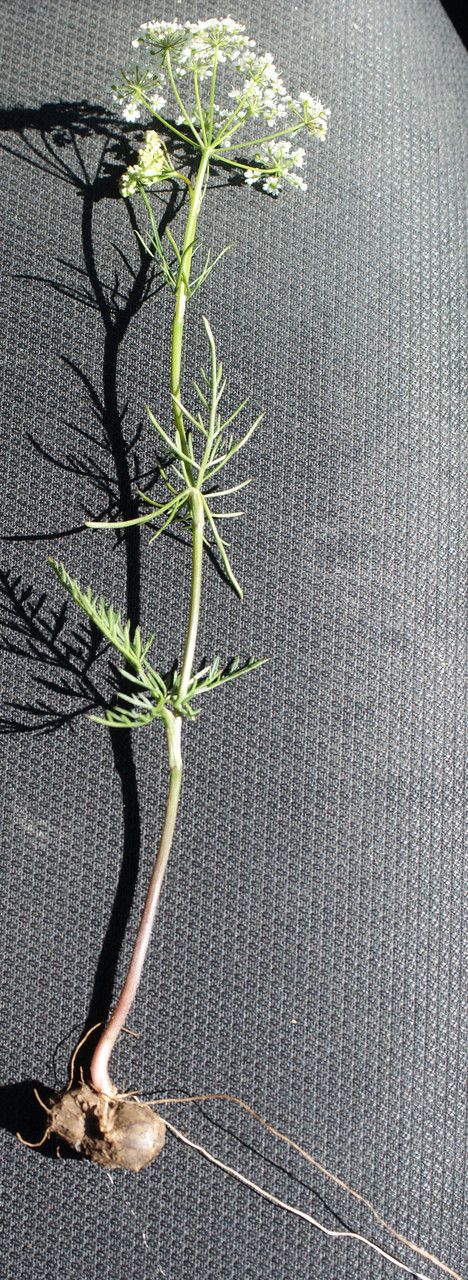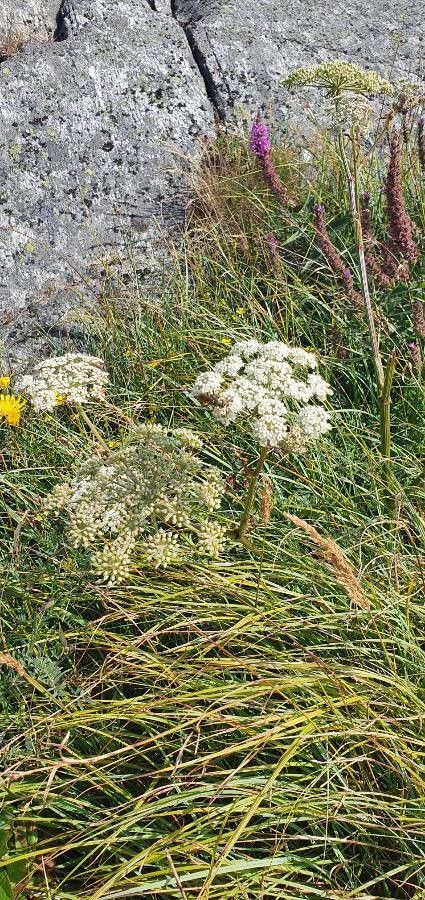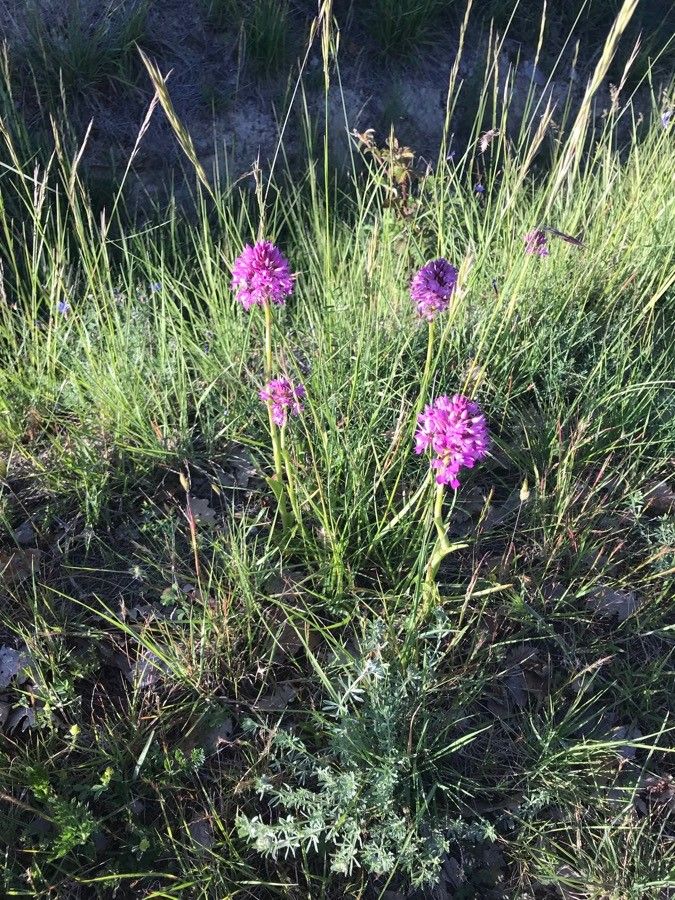## Meadow Vetchling: A Vibrant Wildflower
The Meadow Vetchling, *Lathyrus pratensis*, is a charming wildflower belonging to the Fabaceae family, better known as the legume or pea family. Its bright yellow flowers and delicate foliage make it a welcome sight in meadows, pastures, and other grasslands across Europe and parts of Asia. This comprehensive guide will delve into the fascinating world of this common yet captivating plant.
### Identification
Identifying the Meadow Vetchling is relatively straightforward. Its most striking feature is its clusters of bright yellow, pea-like flowers, typically appearing from May to September. These flowers are borne on slender, branching stems that can reach heights of 30-60cm (12-24 inches). The leaves are composed of two lance-shaped leaflets, ending in tendrils that help the plant climb or sprawl through vegetation.
The stems are somewhat angular and slightly hairy, while the leaves exhibit a slightly glaucous, bluish-green hue. The pods are flattened and contain several small seeds. These features distinguish it from similar-looking species like the Narrow-leaved Vetch (*Vicia angustifolia*).
### Habitat and Growth
Meadow Vetchling thrives in sunny to partially shaded locations. It prefers moist, well-drained soils that are typically neutral to slightly alkaline. It's commonly found in meadows, pastures, hedgerows, and along roadsides. Its ability to fix nitrogen in the soil through its roots makes it a beneficial plant for improving soil fertility. This is a characteristic feature of many plants in the Fabaceae family.
The plant spreads through seeds, which are dispersed widely by various means, including wind and animals. It can form extensive colonies in favorable conditions, creating swathes of vibrant yellow across the landscape. Its shallow root system allows it to colonize even relatively poor soils.
### Cultivation and Care
While the Meadow Vetchling is primarily a wildflower, it can be cultivated in gardens as a low-maintenance addition to wildflower meadows or cottage gardens. It requires minimal care, thriving in a well-drained soil and a sunny to partially shaded environment. Ensure the soil doesn't become waterlogged, as this can lead to root rot. It is typically quite hardy and requires little watering, especially once established. It does self-seed readily, so you may find additional plants appearing in the following year.
### Ecological Importance
The Meadow Vetchling plays a vital role in the ecosystem. As a legume, it enriches the soil with nitrogen, supporting the growth of other plants. Its flowers provide nectar for pollinating insects, including bees and butterflies, while its seeds serve as a food source for birds and other animals. Its presence contributes to the biodiversity of grassland habitats.
### Conservation Status
Though widespread, the Meadow Vetchling's populations can be impacted by changes in land management practices, such as intensive agriculture and habitat loss. Maintaining and restoring grassland habitats is crucial for its long-term survival. In many areas, it remains a common and abundant species.
Meadow Vetchling: A Complete Guide

Frequently Asked Questions
How to identify Meadow Vetchling?
Look for bright yellow pea-like flowers in clusters, borne on slender stems with two lance-shaped leaflets ending in tendrils. The stems are slightly hairy, and the leaves are bluish-green. Compare it to similar species, particularly the Narrow-leaved Vetch, to confirm identification.
Where does Meadow Vetchling grow?
Meadow Vetchling thrives in sunny to partially shaded locations with moist, well-drained, neutral to slightly alkaline soils. It's commonly found in meadows, pastures, hedgerows, and along roadsides across Europe and parts of Asia.


